SFAT is a fatigue life analysis software for steel structures, components, as well as welded and bolted connections in bridges, cranes, offshore platforms, offshore wind structures, and other structures subjected to cyclic loading. SFAT is a design code compliance software. Fatigue failure involves complex phenomena and mechanism, and the design codes constantly change as researches, practices and experiences evolve. Using SFAT the user can minimize risk of failure from cyclic loading and ensure design code compliance by applying automated fatigue life analysis, making the complicated fatigue life calculations and prediction easy. Increase your design productivity with streamlined workflows to reduce unnecessary repetition of work and effectively eliminate human errors.
Features of SFAT Software
SFAT can handle cyclic loading from as simple as a single stress value, to component stresses of large number of nodes/elements in large number of loading steps generated by ANSYS, with the computer hardware limit being the ceiling. Stress history files generated by other FEA packages can also be imported and processed. Data input can be generated by manual entry, by importing ANSYS .rst files, or by importing stress history files. The loading can be of constant amplitude or variable amplitude, proportional or non-proportional. For non-proportional loading conditions, the program scans for critical plane that generates the highest fatigue damage ratio.
SFAT calculates fatigue damage ratios for each loading cycle, sums cumulative damage ratios using Miner’s Rule, and counts the number of loading cycles using rainflow counting algorithm following ASTM 1049 procedure. In addition to reporting calculations, the graphical charts of stress range time history, stress range histogram and fatigue damage ratios are also generated.
Modules of SFAT Software
SFAT consists of different modules for different design codes, including the following:
- ANSI/AISC 360-16, Specification for Structural Steel Buildings.
- ASME BTH-1-2020, Design of Below-the-Hook Lifting Devices.
- EN 1993-1-9:2005, Design of steel structures – Part 1-9: Fatigue.
- DNVGL-RP-C203 (2020), Fatigue design of offshore steel structures.
- API-2A-WSD (22nd Edition), API Recommended Practice 2A-WSD: Planning, Designing, and Constructing Fixed Offshore Platforms — Working Stress Design.
- ISO 19902:2020, Petroleum and natural gas industries — Fixed steel offshore structures.
- AASHTO LRFD Bridge Design Specifications, 9th Edition (2020)
* SFAT download link provides trial version of the software.
Life Cycle Assessment of Composite Structures of Buildings or Bridges
The purpose of AMECO software is to assess the life cycle of composite structures of buildings or bridges, evaluating the environmental footprint, in particular the associated energy consumption and greenhouse gas emissions.
Life Cycle Analysis of Buildings
Buildings LCA is a simplified tool that let mobile/tablet users in Android/Apple devices to have an easy-friendly lifecycle calculation.
HelixPile is a user friendly, modern and powerful software program for the design of helical piles.
SnailPlus is a powerful soil nailing wall analysis and design software program. SnailPlus analyzes soil nailing walls according to FHWA design standards and methodologies.
Analysis Of Steel Beams Subjected To Combined Bending And Axial Loading
Steel-Beam is a user-friendly robust program that allows the combined stress evaluation of steel beams and steel columns under combined axial and flexural loads.
Submit a review about SFAT software with your social media profile

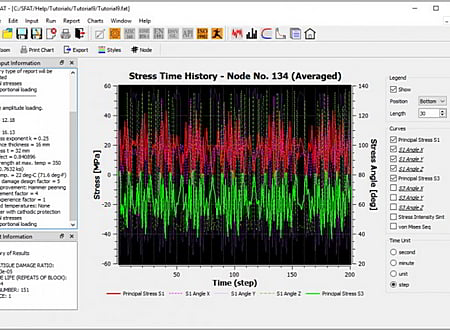

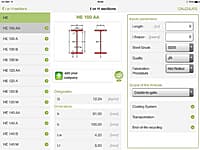
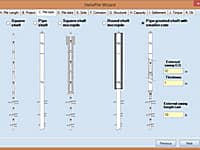
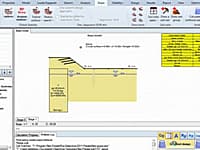
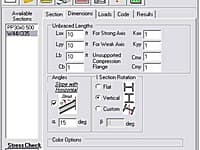
No comments yet. Be the first to comment.